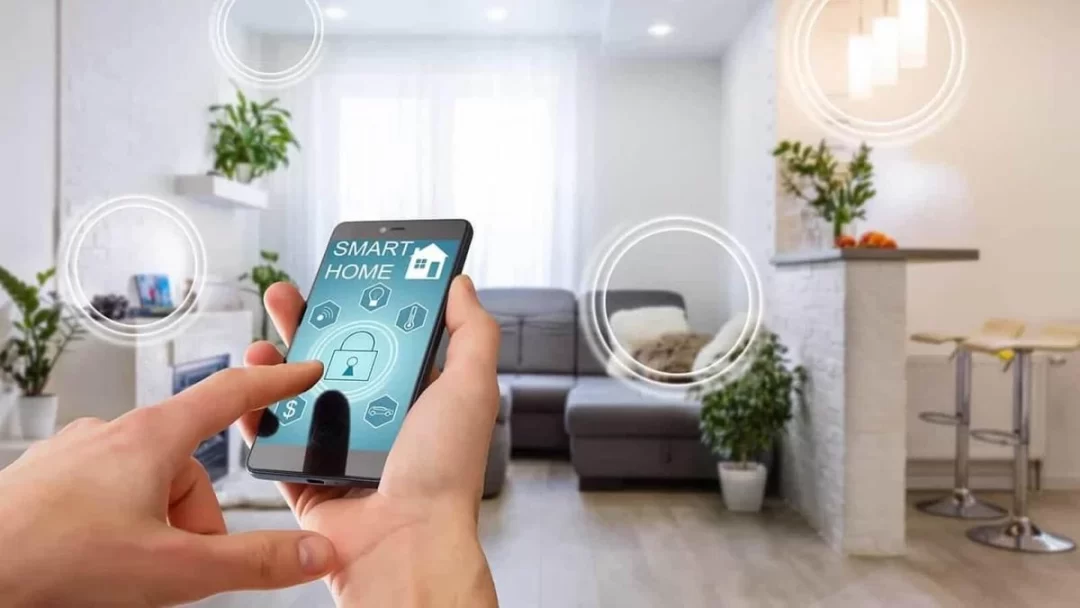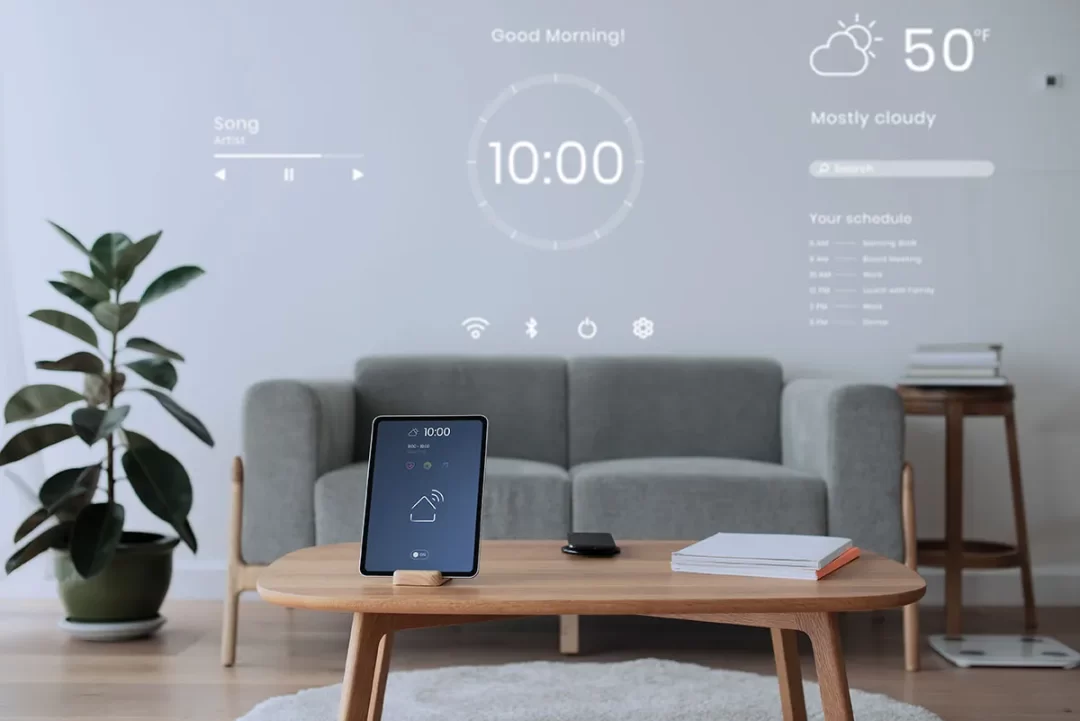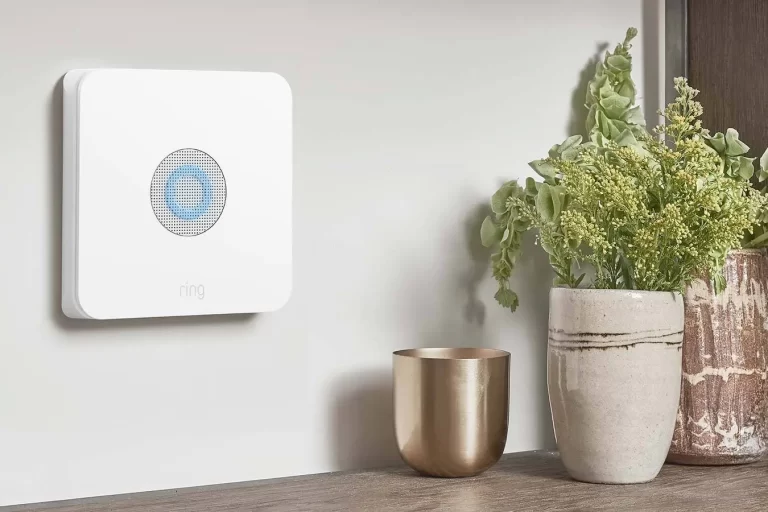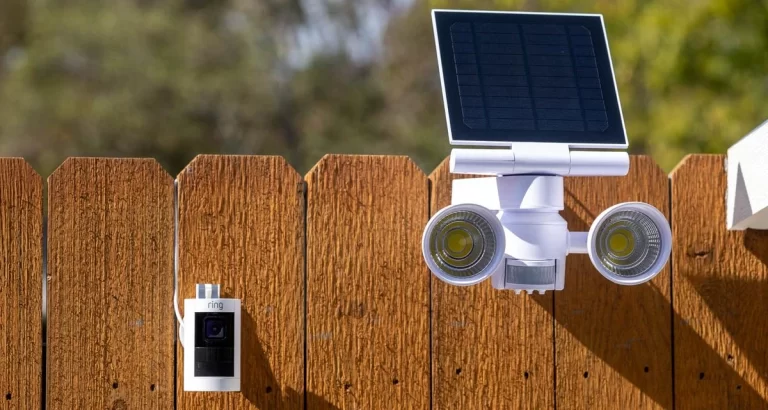What Technologies Are in Smart Homes?
What technologies are in smart homes? Discover the latest technologies powering smart homes. This comprehensive guide explores the various smart home devices, from voice assistants to smart thermostats, and how they make our lives more convenient and efficient.

What Technologies Are in Smart Homes?
Smart homes incorporate an array of technologies, each serving a specific purpose to create a seamless and interconnected living space.
Below, we’ll delve into some of the key technologies that make smart homes so innovative and intriguing.
1. Internet of Things (IoT)
The Internet of Things (IoT) forms the backbone of smart home technology. It refers to the network of interconnected devices that can communicate with each other over the internet.
These devices include smart appliances, lighting systems, security cameras, thermostats, and more.
Through IoT integration, homeowners can control these devices remotely, fostering a more convenient and efficient living environment.
2. Voice Assistants
Voice assistants, such as Amazon’s Alexa, Google Assistant, and Apple’s Siri, have revolutionized how we interact with our smart homes.
These AI-powered assistants respond to voice commands, allowing users to control various devices, set schedules, play music, and access information hands-free.
3. Smart Lighting Systems
Smart lighting systems enable homeowners to control their lights remotely and even set automated schedules.
4. Home Security and Surveillance
Security is a top priority for homeowners and smart homes offer advanced security features.
Smart security cameras, doorbell cameras, and motion sensors provide real-time monitoring and notifications for added peace of mind.
5. Smart Thermostats
Smart thermostats optimize energy usage by learning users’ preferences and adjusting temperature settings accordingly.
They can also be controlled remotely, ensuring a comfortable environment when arriving home.
6. Home Energy Management Systems
These systems monitor and manage energy consumption throughout the house. Homeowners can identify energy-intensive devices and take measures to reduce their energy footprint.
7. Smart Appliances
Smart appliances, such as refrigerators, ovens, and washing machines, offer enhanced functionalities and energy-saving capabilities. They can also send alerts about maintenance issues or when supplies are running low.
8. Automated Window Treatments
Automated window treatments enable users to control blinds and curtains remotely. They can be programmed to open and close at specific times, improving energy efficiency and privacy.
9. Home Entertainment Systems

Smart homes often feature state-of-the-art home entertainment systems, including smart TVs, surround sound, and streaming services integration.
10. Smart Home Hubs
Smart home hubs serve as the central control point for all smart devices. They allow users to manage and monitor their entire smart home ecosystem from a single interface.
11. Smart Water Management
Smart water management systems help conserve water by monitoring usage and detecting leaks, thus promoting sustainability.
12. Health and Wellness Monitoring
Smart homes can incorporate health monitoring devices, such as fitness trackers and health sensors, to promote healthier living.
Conclusion
Smart homes are no longer a distant dream, but a reality that continues to evolve and reshape how we live.
From IoT integration to voice assistants and energy-saving devices, the technologies in smart homes are truly transforming the way we interact with our living spaces.
As technology advances further, we can expect even more innovative and exciting developments in the world of smart homes.
READ ALSO!!!




